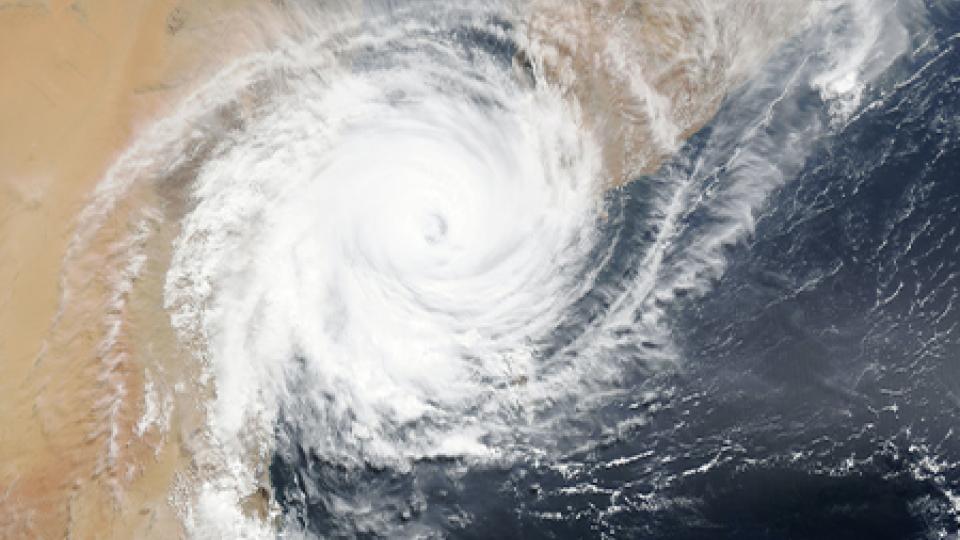
The COVID-19 pandemic has clearly shown that we can no longer ignore the economic and social costs of unbridled environmental decimation.
The COVID-19 pandemic has clearly shown that we can no longer ignore the economic and social costs of unbridled environmental decimation. Investors need to properly measure, assess and integrate environmental, social and governance (ESG) risks in their analysis and engage with a broad range of stakeholders to in order to mitigate them, writes Diliana Deltcheva, Head of Emerging Market Debt at Candriam.
Investors were taught an important lesson by the COVID-19 pandemic – environmental destruction comes with high economic and social costs. Scientists have conclusively linked deforestation, land use change, and habitat destruction with the transmission of diseases from wild animals to humans. In addition, the frequency of adverse weather events like floods, intense rain seasons, hurricanes and wildfires, has increased dramatically over the past decade, They are threatening the lives and livelihoods of millions of people globally. According to a report from the McKinsey Global Institute (published in August 2020), by 2050, 75% of the global capital stock at risk from flooding will be in Asia, with the Indian sub-continent and the coastal South East Asian territories expected to be hit the hardest. The science is clear that pandemics and adverse weather events will become the norm if climate change is not reversed.
How should investors incorporate these environmental conclusions in their analysis and investment approach? Enhancing the credit analysis of sovereign and corporate issuers with ESG factors is necessary for effective asset management but it is unlikely to influence issuers’ attitudes. Therefore, to help affect change, we implement our ESG risk management alongside engagement with decision makers on how best to manage away ESG risk premiums from their cost of funding.
It is also about assessing all investment risks
Over the years, ESG risks have been more explicitly priced in asset valuations, forming an important part of the overall credit assessment of a country or company.
Our ESG sovereign assessment is based on the concepts of environmentally efficient development or strong sustainability. This is in recognition of the fact that, in the worst case scenario, climate change may be irreversible and should, therefore, be central in analysing sustainability metrics. Countries are evaluated on the environmental efficiency with which they create Economic, Human and Social wealth, equity and wellbeing.
Key to this concept is that countries can create various forms of capital that contribute to its development and the well-being of the people – human, social, or economic. In the process of creating wealth, they also use up natural resources and may sometimes cause irreparable damage to the environment. In creating well-being, more environmentally efficient countries will be more sustainable, and less environmentally efficient countries will be less sustainable, because they cannot use up a lot of natural resources and damage their environment to create a bit of well-being indefinitely. We believe that wealth creation which is sustainable from the environmental perspective also leads to lower sovereign risks and better prosperity. To reflect the concept, we multiply the Economic, Human and Social capital scores by the Natural capital score to arrive at a final ESG country score. Variables are selected and weighed on the basis of materiality.
Our sovereign and corporate asset selection process fully integrates ESG considerations as we believe that a country or a company’s creditworthiness analysis is not complete if it primarily focuses on financial metrics. That is, investors need to be adequately compensated for the ESG and not only the financial risks they are exposed to when investing in countries or companies. Candriam’s ESG country analysis is fully consistent with, and goes beyond, the seventeen UN Sustainable Development Goals.
Engaging with governments
As well as incorporating extra-financial risks in our investment analysis, we actively engage with governments and companies to influence their decisions on ESG risk exposures. One of such topic has been deforestation. We know that reversing deforestation may help normalise our climate and reduce the occurrence of adverse weather events. However, achieving it is a complex task. Agriculture and timber provide livelihoods for local communities and unless people are offered an alternative occupation, they will continue to earn their living by cutting down forests.
Simply excluding from our investment universe countries like Brazil and Indonesia, which have the worst scores on our deforestation metric, will not resolve the deforestation problem but will effectively ignore it. That is why we are instead engaging with both of these countries to underscore the funding risks they will be facing if they do not start moving towards a resolution of the deforestation problem.
With ESG factors becoming such a powerful influence on people’s lives around the world, their incorporation in the investment analysis is no longer optional. And it is not only about building a more sustainable world for the next generations - without it we will not achieve investment returns that are both sustainable and attractive.
This document is provided for information purposes only, it does not constitute an offer to buy or sell financial instruments, nor does it represent an investment recommendation or confirm any kind of transaction, except where expressly agreed. Although Candriam selects carefully the data and sources within this document, errors or omissions cannot be excluded a priori. Candriam cannot be held liable for any direct or indirect losses as a result of the use of this document. The intellectual property rights of Candriam must be respected at all times, contents of this document may not be reproduced without prior written approval.
Candriam consistently recommends investors to consult via our website www.candriam.com the key information document, prospectus, and all other relevant information prior to investing in one of our funds, including the net asset value (“NAV) of the funds. This information is available either in English or in local languages for each country where the fund’s marketing is approved.




